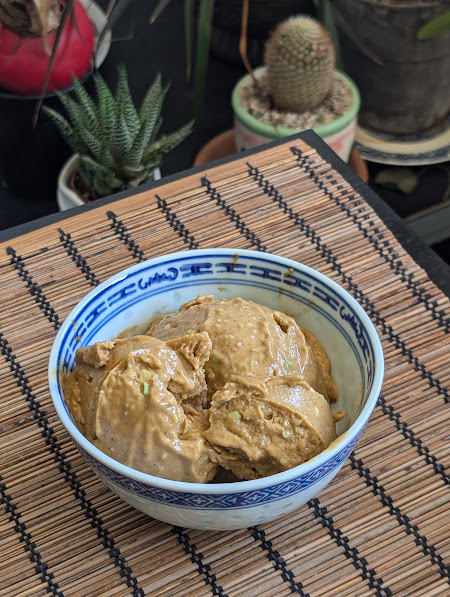
Come autumn, come pumpkin pie spice. As we transition into crisp autumn days, slanted golden light, apple season, and sweater weather, our food, herb, and spicing choices shift accordingly. You may be bombarded with pumpkin spice everything at groceries stores as well as your local coffee shop. While pumpkin spice lattes have become a seasonal favorite, there are a plethora of other ways to enjoy and benefit from the delicious and supportive spices in a pumpkin pie spice blend. This nice cream recipe is a vegan ice cream made from nutritious plant-based ingredients, beneficial spices, and whole foods. It features tasty pumpkin pie spices, as well as pumpkin puree, offering sweet nostalgia and solid nutrition all in one creamy scoop. Read the full post and get the recipe on the Herbal Academy blog: FALL IN LOVE WITH OUR DELICIOUS PUMPKIN SPICE NICE CREAM!